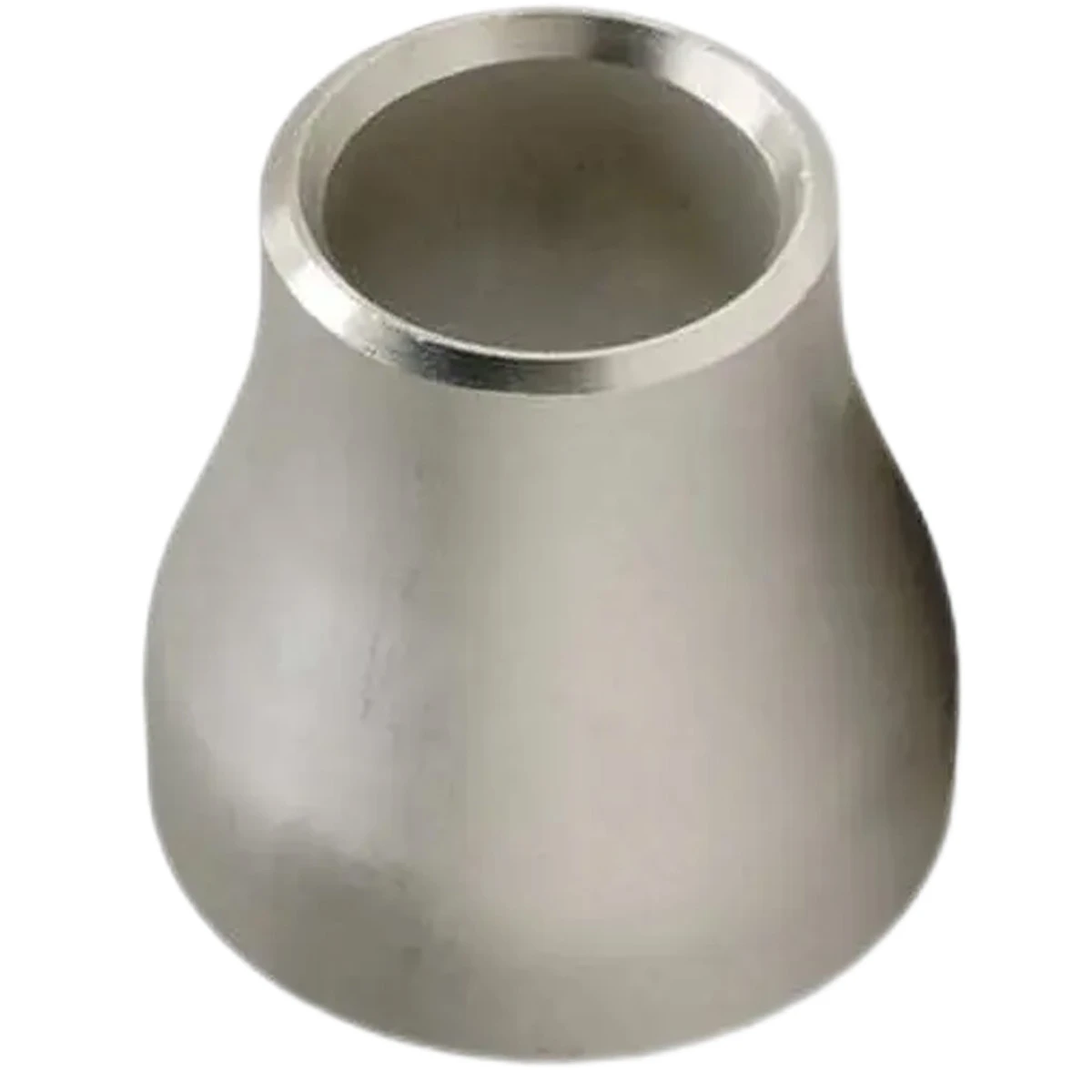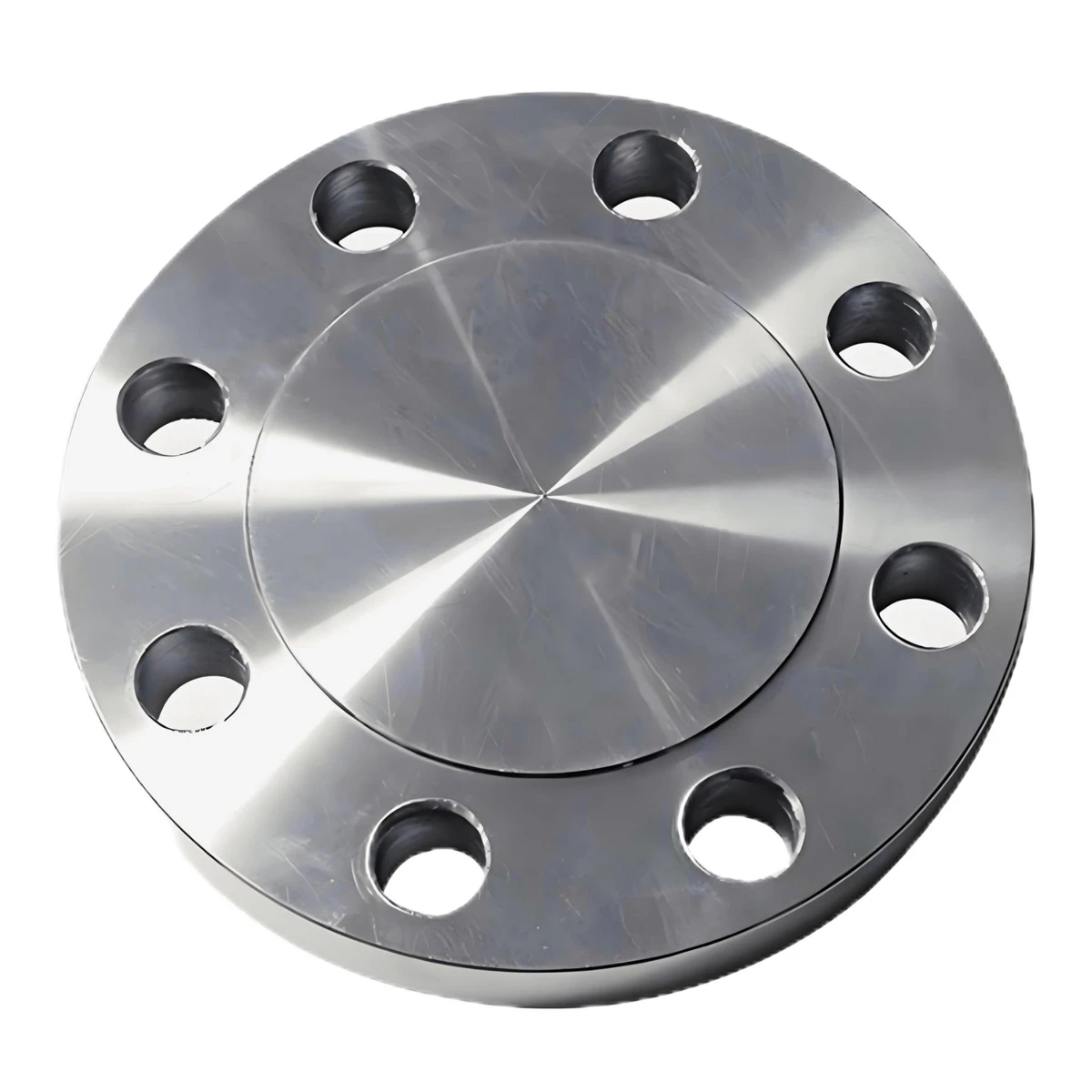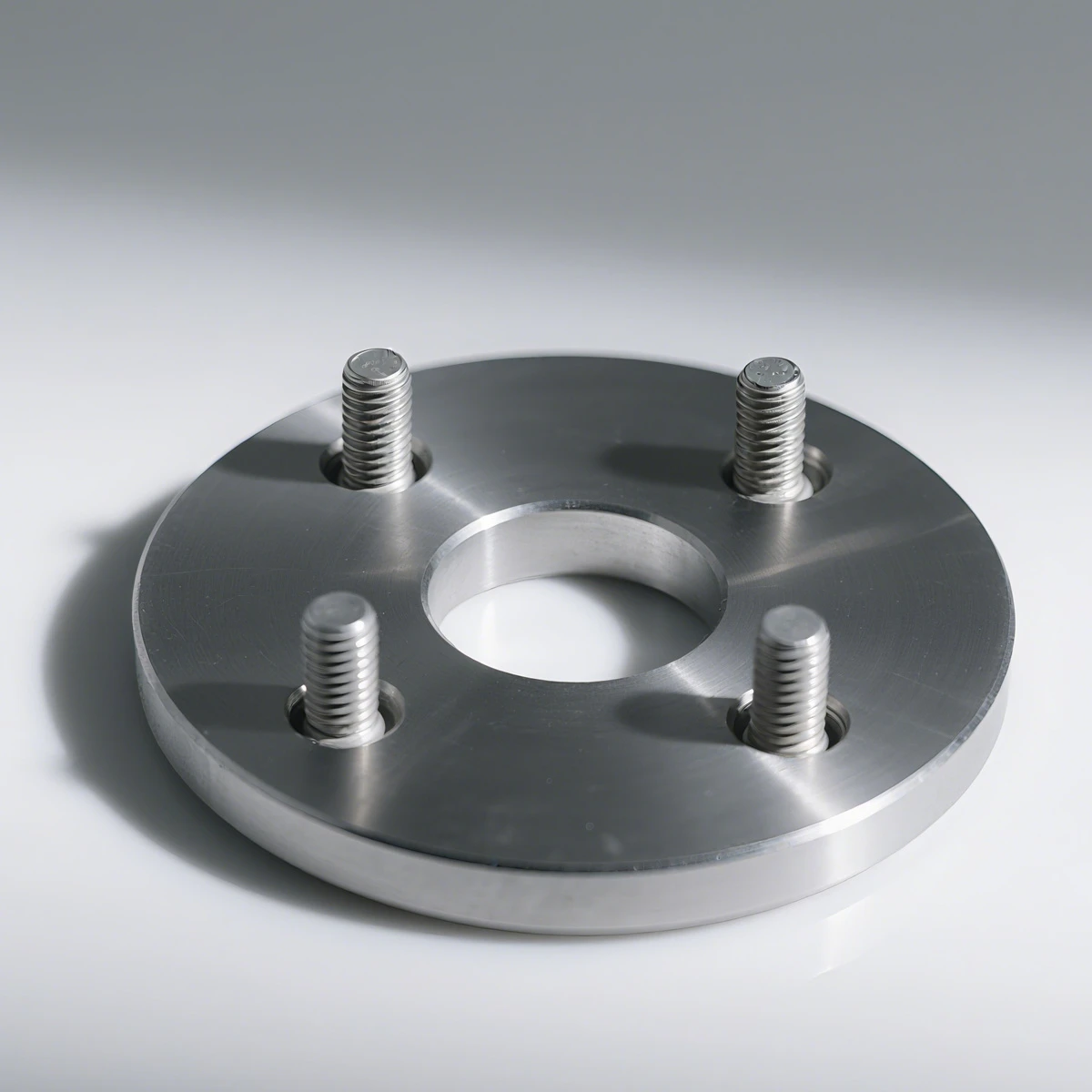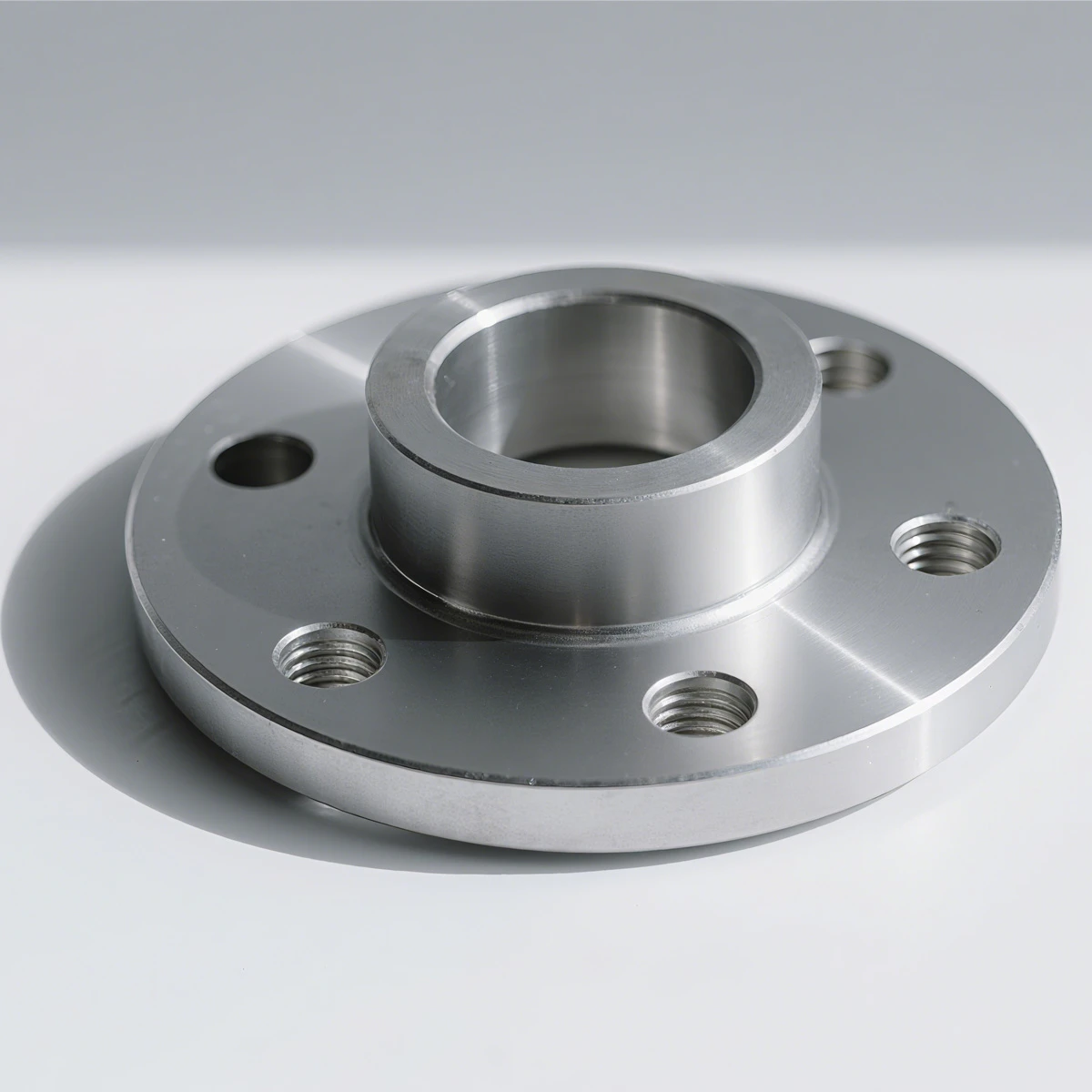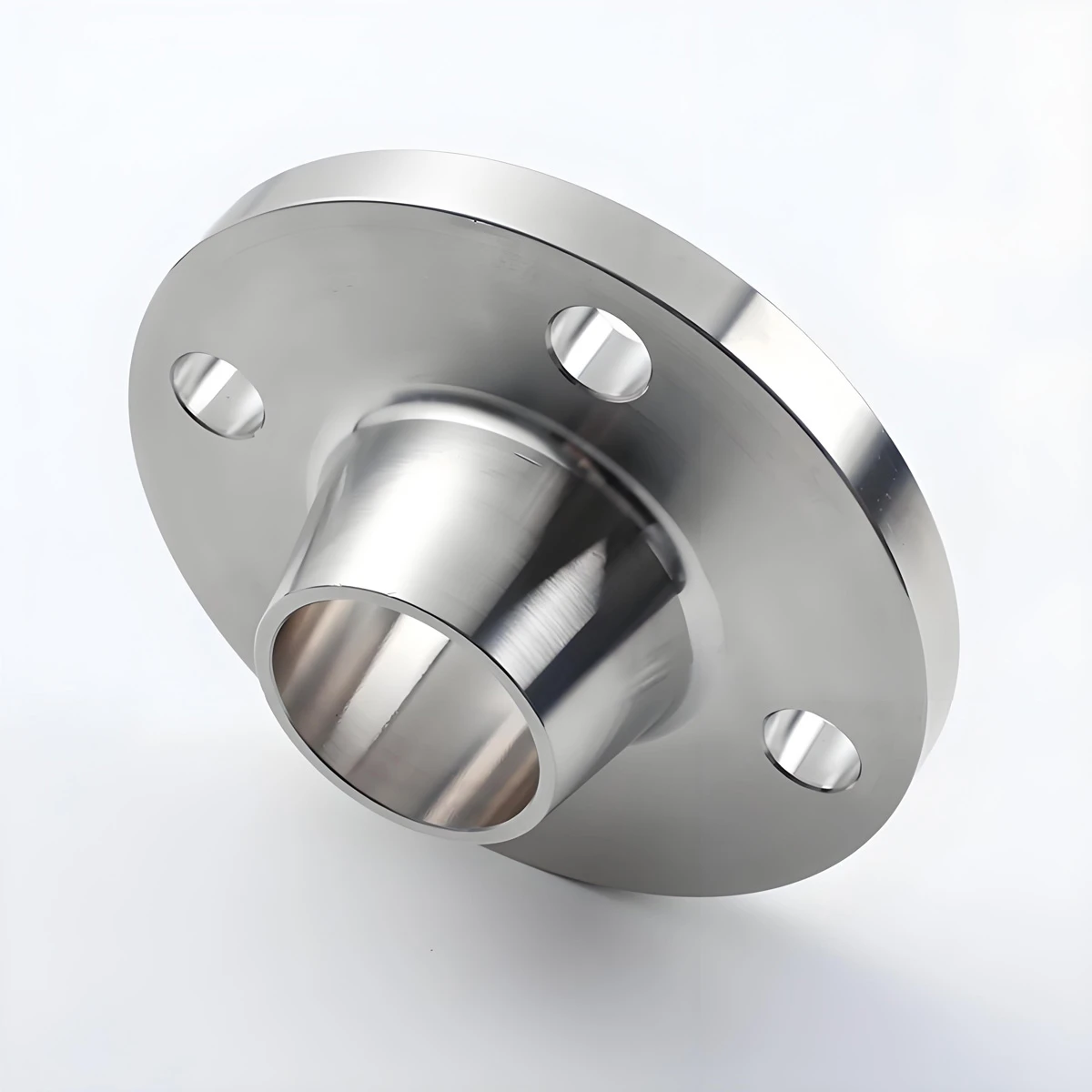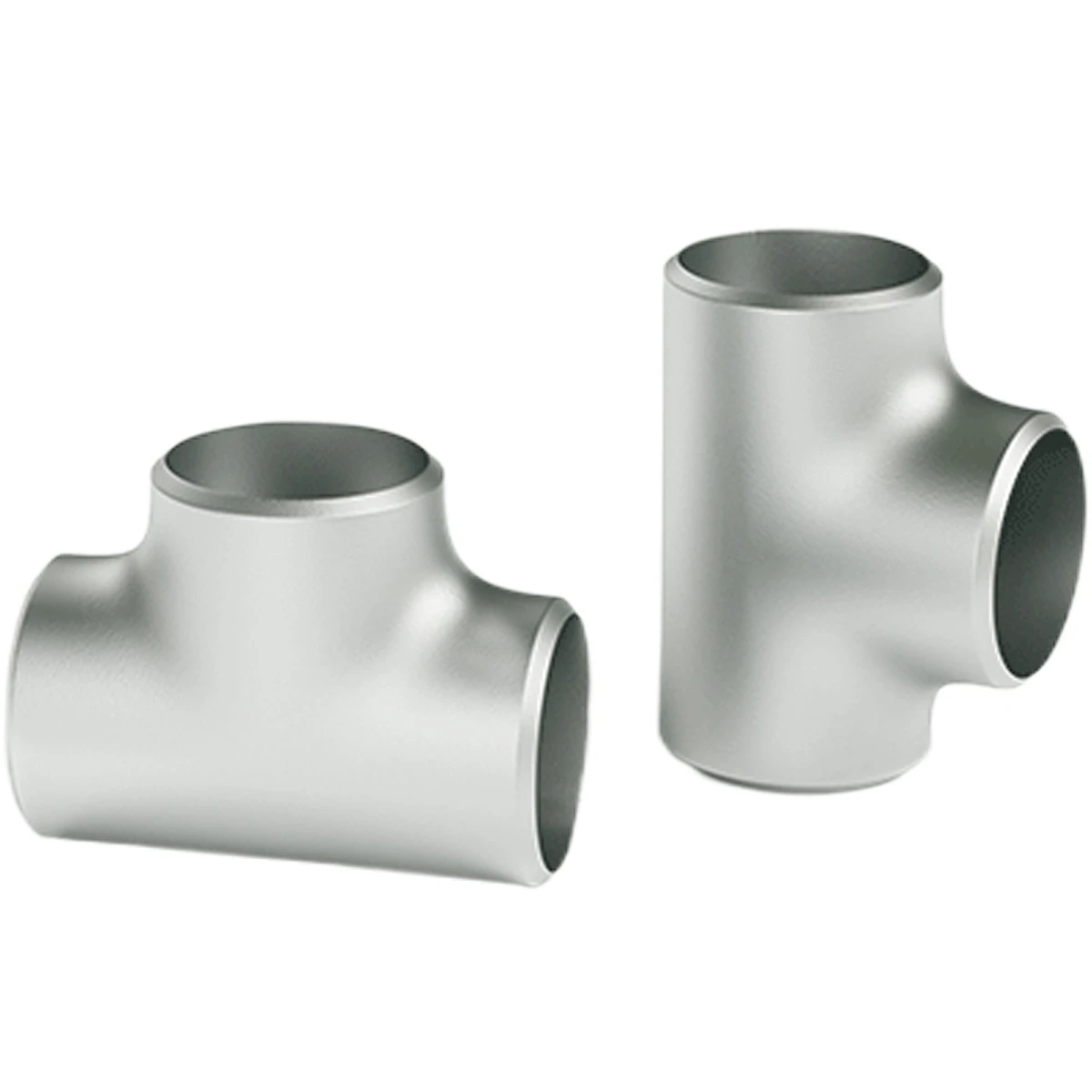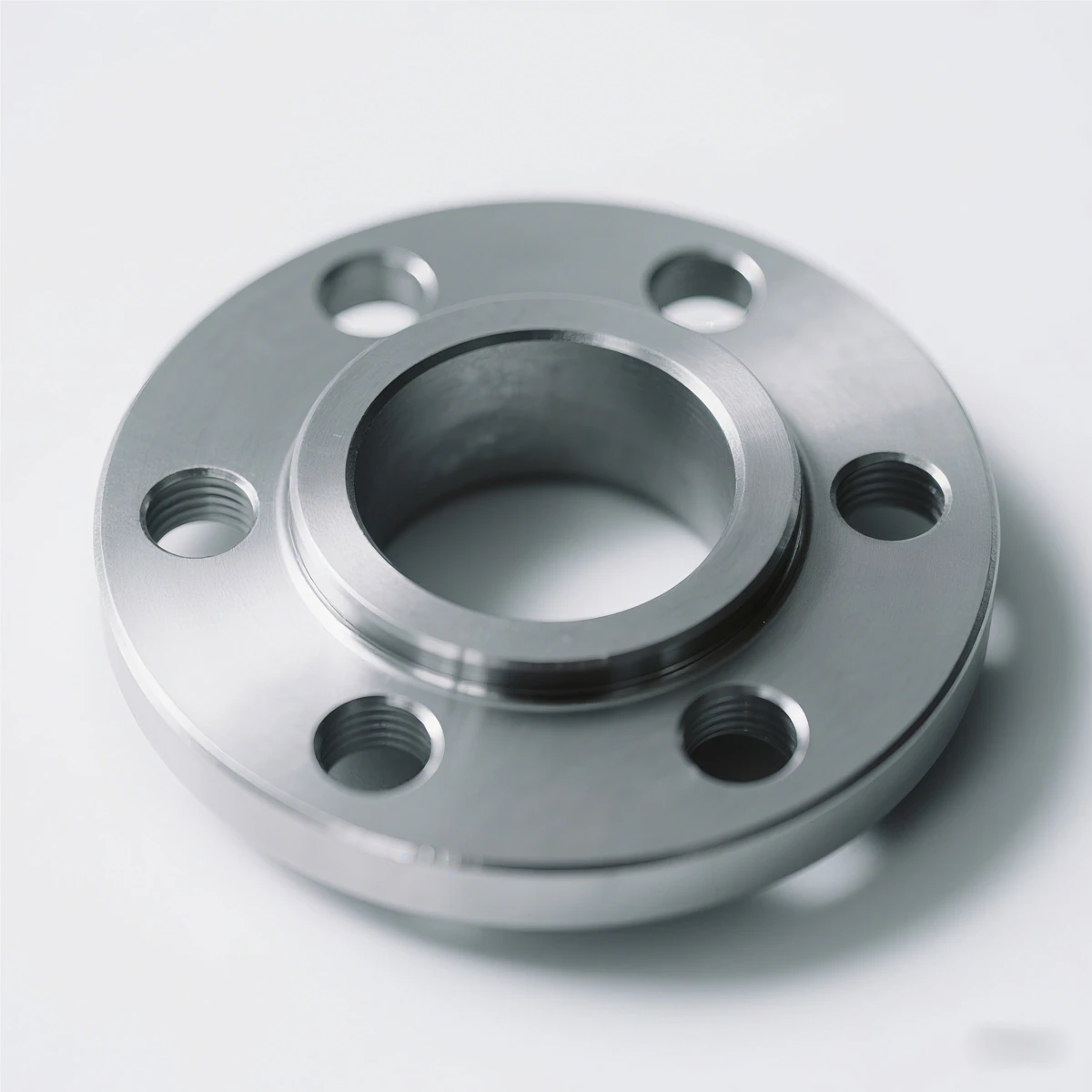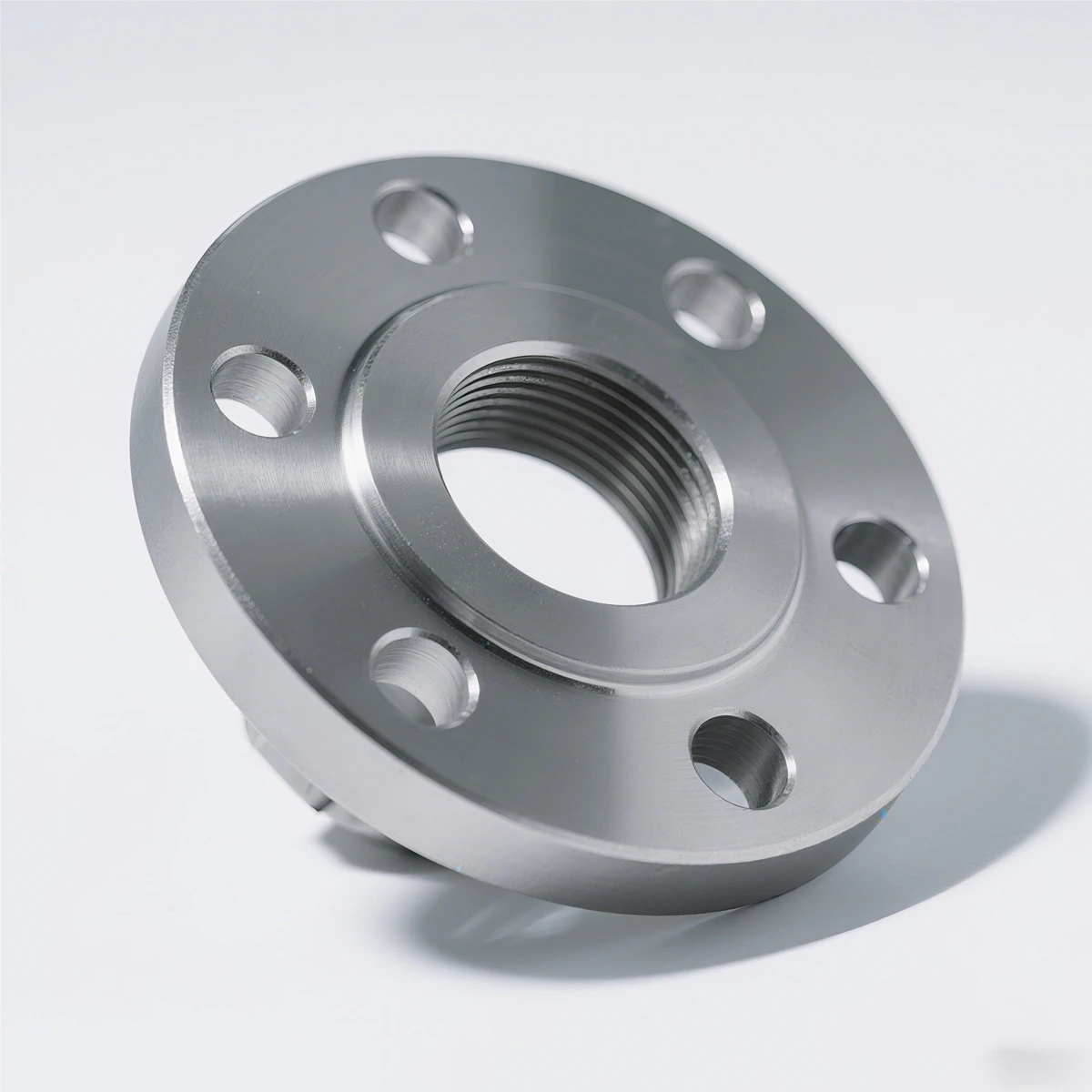
- Albanian
- Arabic
- Armenian
- Azerbaijani
- Belarusian
- Bengali
- Bulgarian
- Croatian
- Czech
- Danish
- Dutch
- English
- Esperanto
- Finnish
- French
- German
- Greek
- Hebrew
- Hungarian
- Indonesian
- irish
- Italian
- Japanese
- Khmer
- Korean
- Kyrgyz
- Lao
- Latin
- Lithuanian
- Malay
- Myanmar
- Norwegian
- Persian
- Polish
- Portuguese
- Romanian
- Russian
- Serbian
- Slovak
- Slovenian
- Spanish
- Swedish
- Tagalog
- Thai
- Turkish
- Turkmen
- Uzbek
- Vietnamese
- Zulu
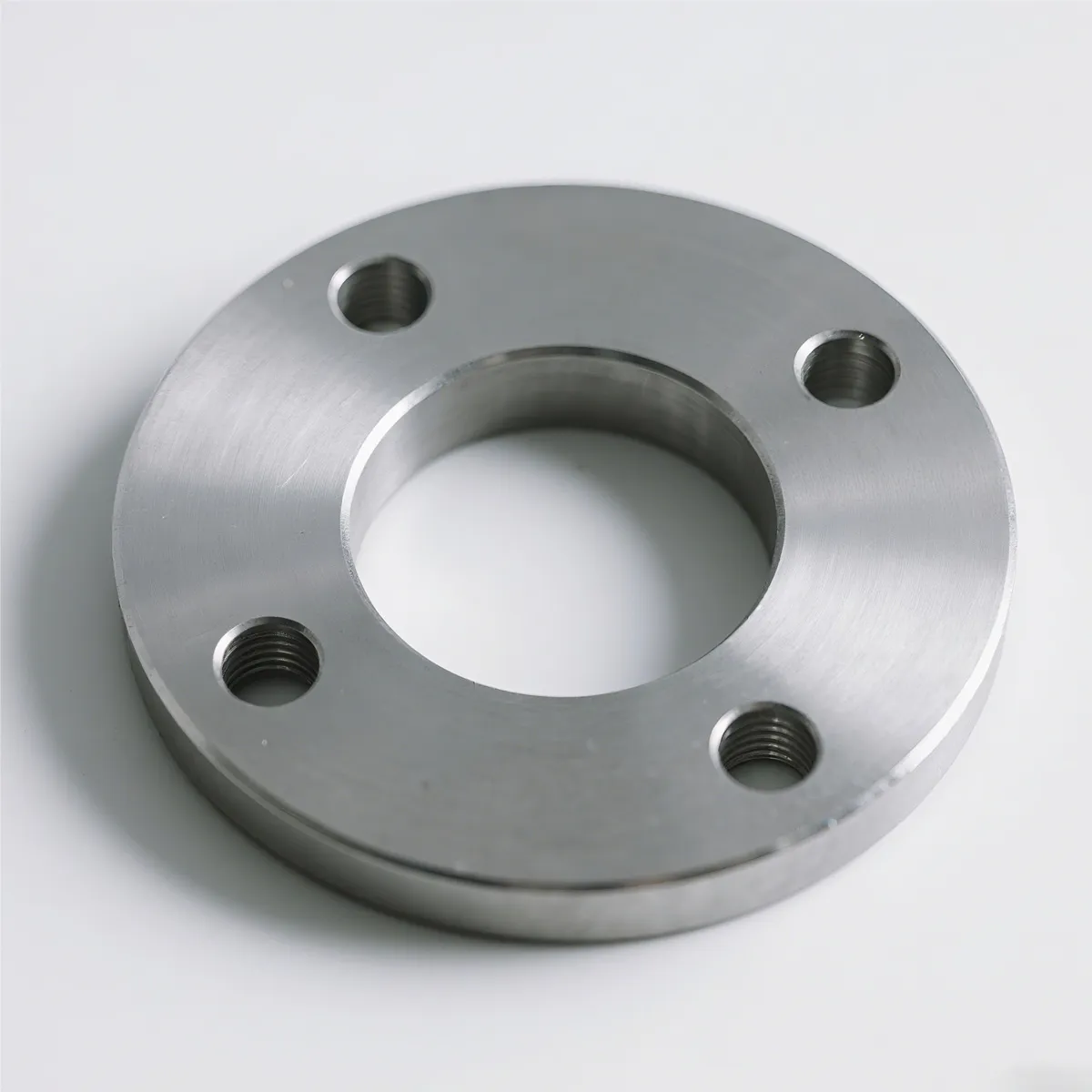
HEBEI JIUYUAN PIPELINE MANUFACTURING
Global Leader in Pipe Fittings Manufacturing | ASME B16.5 Certified
📍 Address: INDUSTRIAL DISTRICT OF NORTH CIRCLE, MENGCUN, CANGZHOU CITY, HEBEI PRVINCE, CHINA
📞 Phone: +86 18131702111 | ✉️ Email: sales@jypipeline.com
🌐 Website: www.hbjypipeline.com
Featured Product: Lapped Flange
A lapped flange, also known as a lap joint flange or flange lap joint stub end, is a specialized flange connection used in piping systems where two flanges are joined together with a gasket in between, creating a reliable, leak-proof seal ideal for systems requiring frequent disassembly.
Industry Overview & Market Trends
The global lapped flange market is projected to grow at 5.2% CAGR through 2030 according to GIA research. This growth is primarily driven by oil & gas infrastructure expansion and chemical processing plant upgrades. Lap joint flanges offer distinct advantages in systems requiring frequent maintenance where rotating the pipe isn't feasible during assembly.
Industry-wide adoption of ASME B16.5 standards ensures compatibility and safety across applications. Unlike weld neck flanges, lapped flanges use a two-component system: a stub end welded to the pipe and a backing flange that rotates freely. This design significantly reduces installation time and allows straightforward pipe alignment without rotating heavy assemblies.
Technical Specifications & Performance Data
Standard lapped flanges adhere to these critical specifications:
| Parameter | Range | Standards | Performance Notes |
|---|---|---|---|
| Pressure Class | 150# to 2500# | ASME B16.5 | Highest ratings used in power generation systems |
| Materials | SS304, SS316, Duplex, Carbon Steel | ASTM A182/A105 | Corrosion resistance critical in chemical applications |
| Temperature Range | -196°C to +650°C | ASME B16.34 | Varies by gasket material selection |
| Pipe Sizes | 1/2" to 24" (DN15 to DN600) | ISO 6708 | Large diameters for refinery transfer lines |
| Face Types | Flat Face (FF), Raised Face (RF) | ASME B16.47 | RF most common for industrial applications |
Performance Charts
Engineering Applications
In refinery transfer systems, ASME B16.5 lap joint flanges with PTFE gaskets enable rapid pump replacement without pipe cutting. Offshore platforms standardized on DIN 2636 flange lap joint stub ends reduce maintenance downtime by 40% compared to weld neck alternatives.
Chemical processing plants frequently utilize ASTM A182 F304L lapped flanges with spiral wound gaskets in acid transfer lines. The non-integrated design prevents flange face corrosion from process media, significantly extending service life.

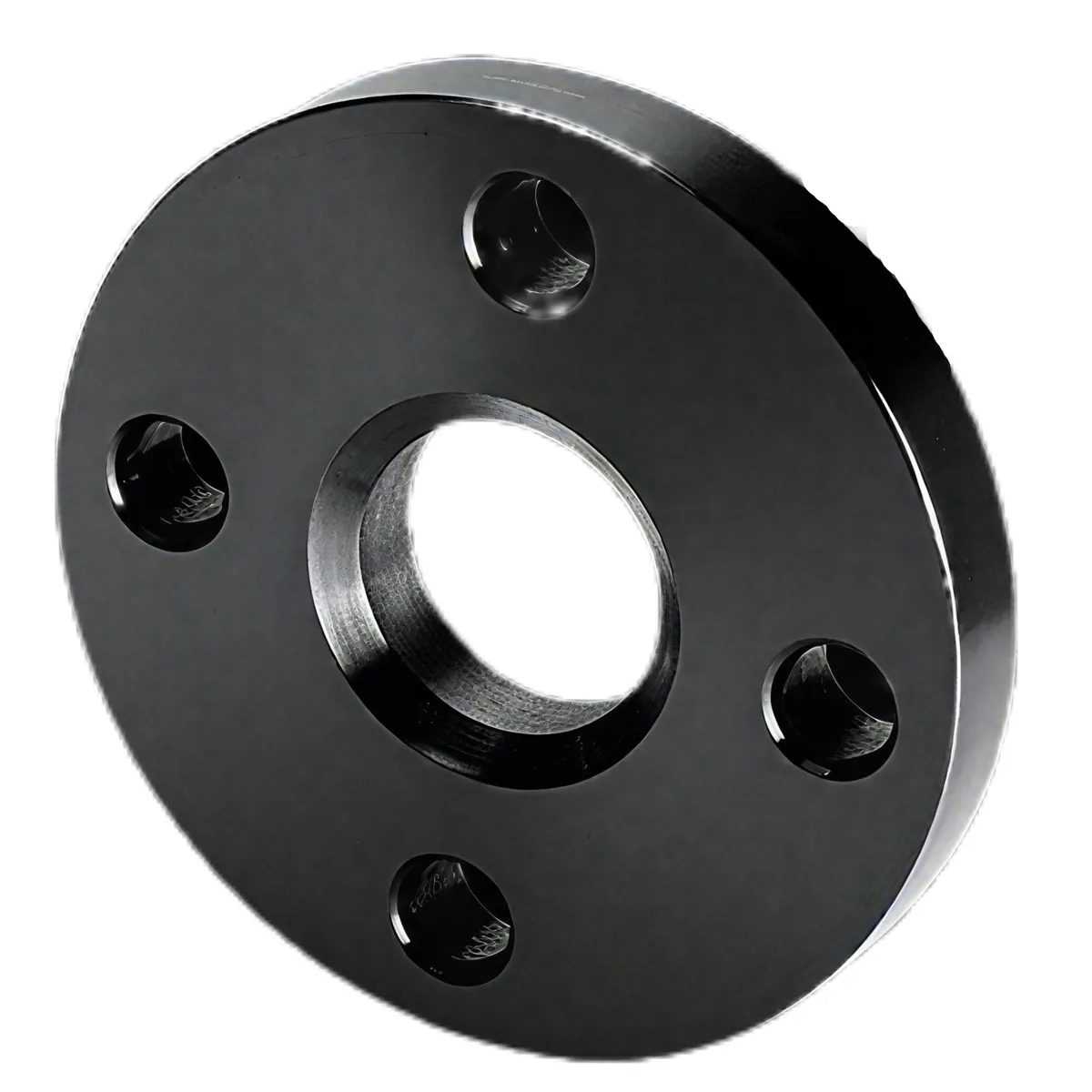
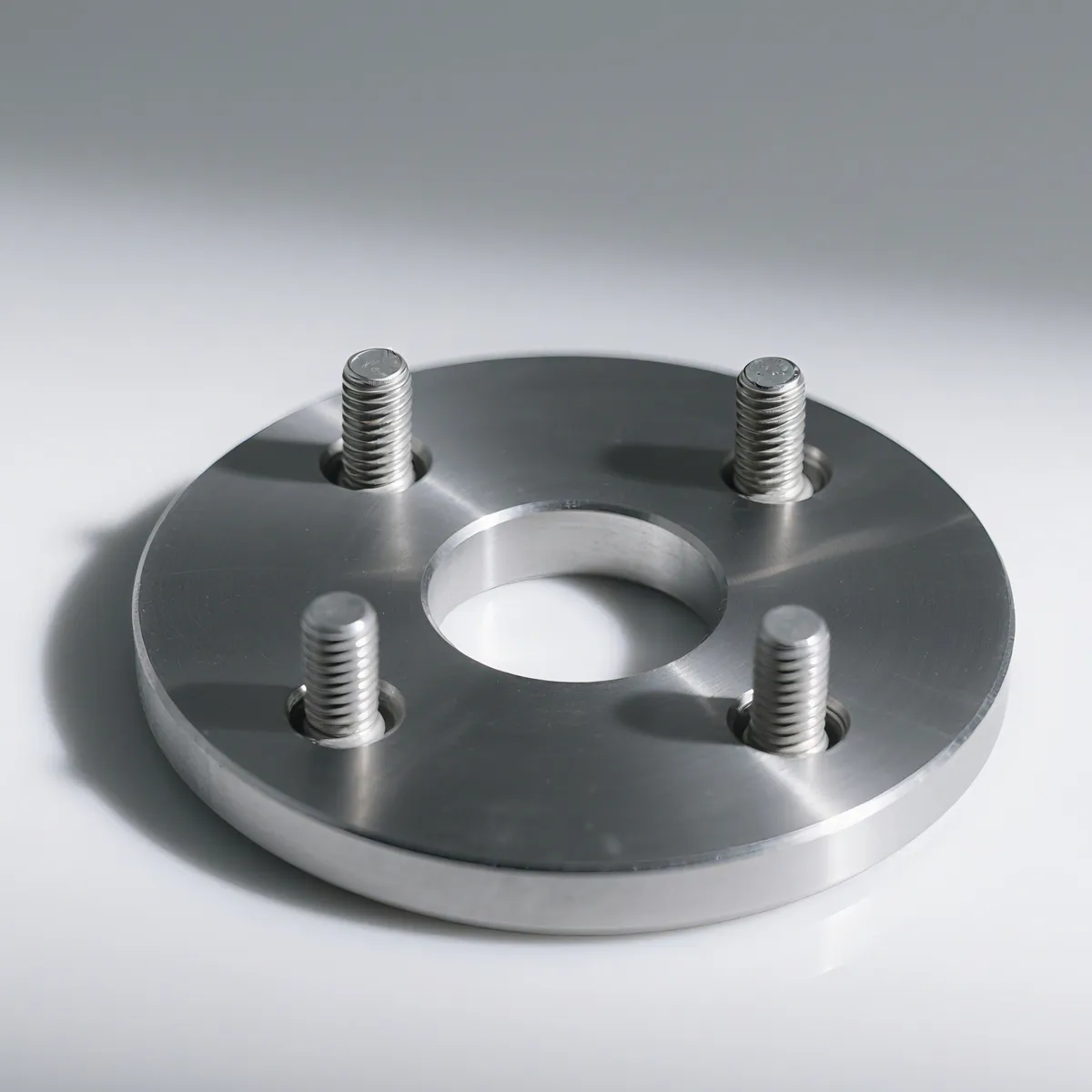
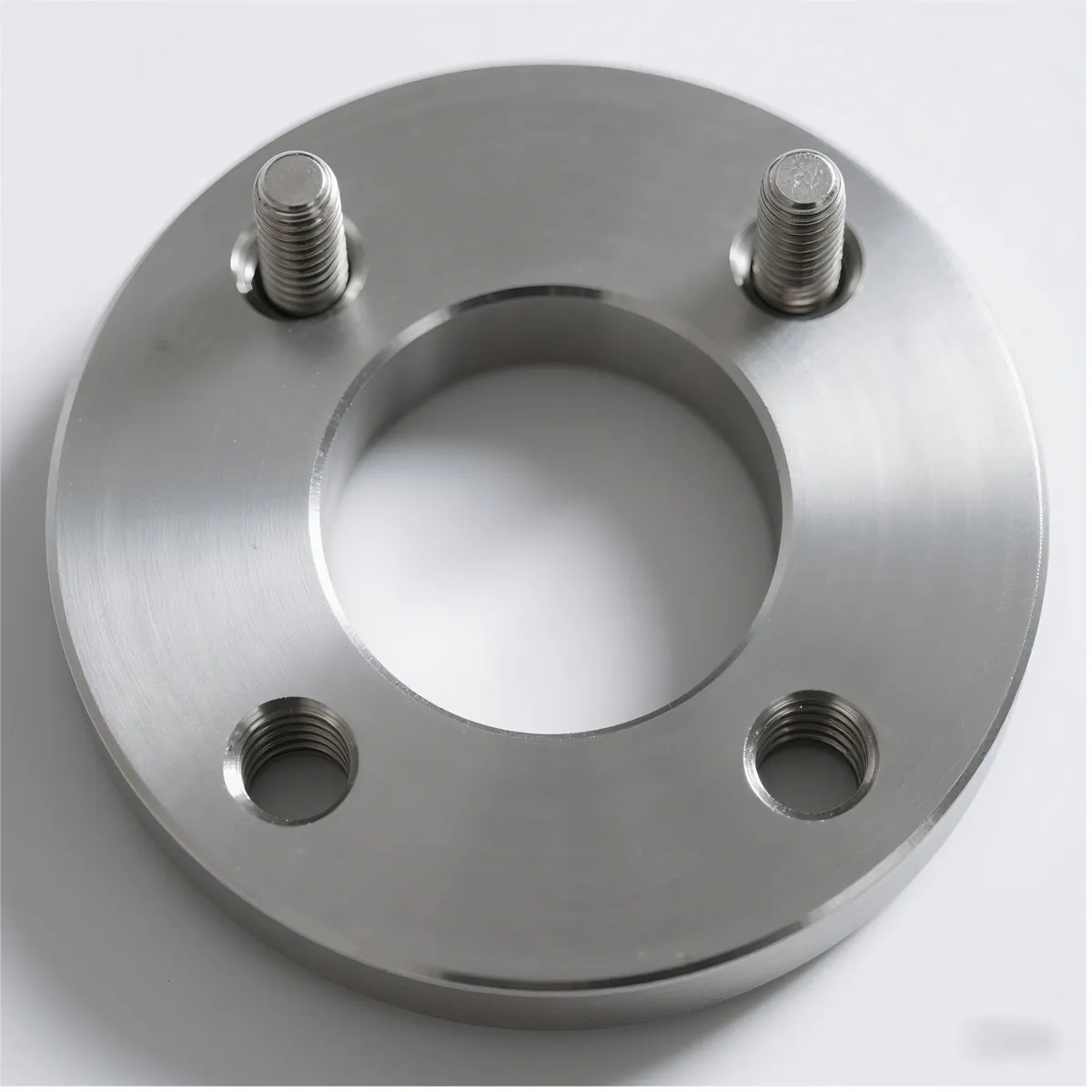
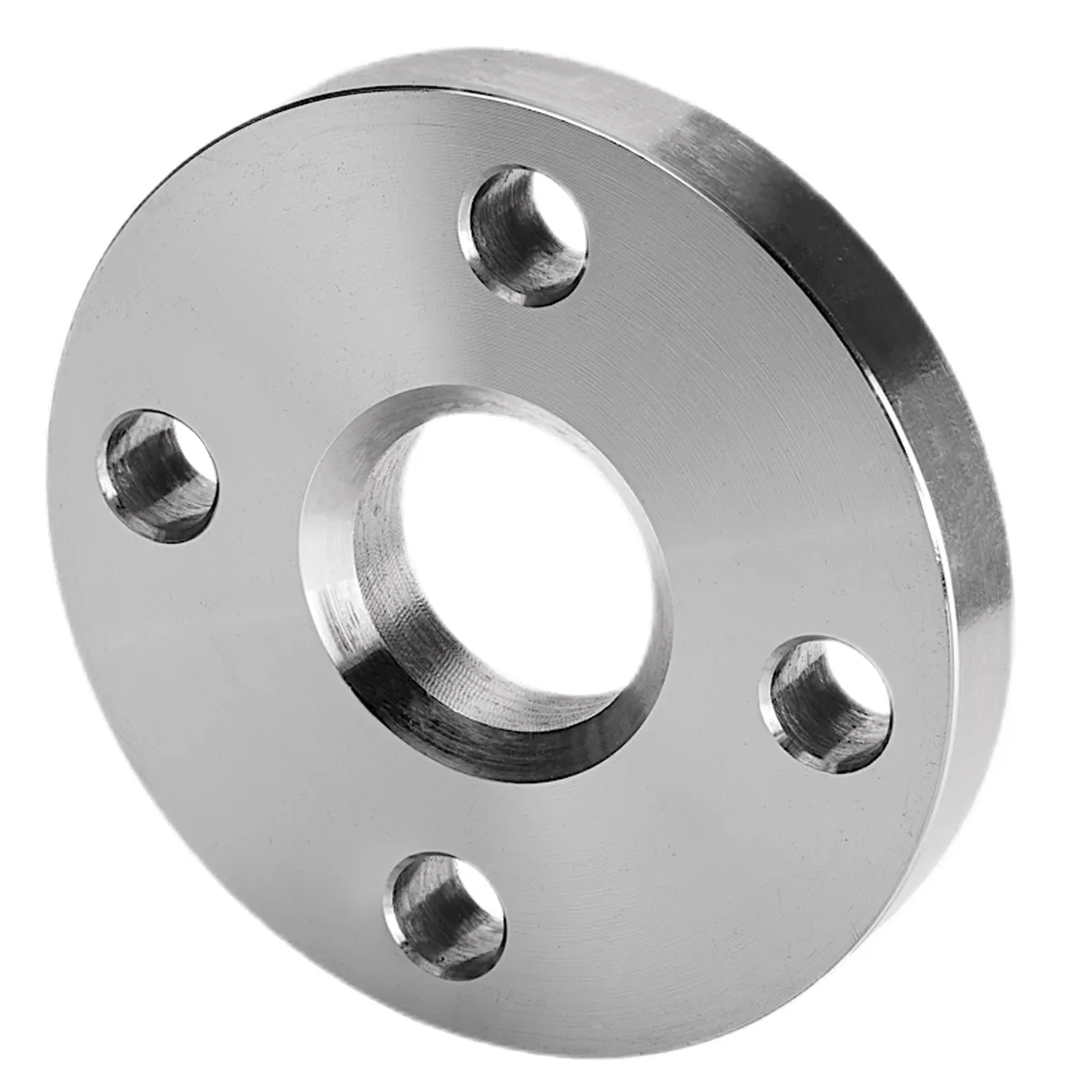
Expert FAQ: Technical Aspects
Q: Which gasket materials perform best with lapped flanges in high-temperature applications?
A: For temperatures exceeding 450°C, graphite spiral wound gaskets provide superior sealing reliability. Below 260°C, PTFE gaskets offer excellent chemical resistance per ASME B16.20 standards.
Q: What welding procedures are required for flange lap joint stub ends?
A: ASME Section IX mandates qualified butt welding procedures matching the pipe and flange metallurgy. ER70S-6 electrodes are standard for carbon steel, while ER308L filler metal is used for stainless joints.
Q: How does a lap joint flange prevent bolt hole misalignment?
A: The rotating back flange allows 360° rotation during installation, eliminating rotational misalignment issues common with welded flange designs.
Q: What dimensional tolerances apply to ASME B16.5 lapped flanges?
A: ASME B16.5 requires ±1.5mm outer diameter tolerance and ±0.8mm thickness tolerance across all pressure classes.
Q: When should long-pattern stub ends be specified?
A: Long-pattern designs are required for MSS-SP-44 flanges exceeding 24" diameter to ensure proper engagement with pipe systems.
Installation Best Practices
Proper installation of lap joint flanges follows API 6AF requirements: First, weld the lap joint stub end to the pipe per WPS specifications. After cooling, slide the backing flange onto the pipe with flange facing away from the weld. Before final assembly, confirm the gasket surface shows no imperfections exceeding ASME B16.20 Ra 3.2 µm requirements. Torque bolts in star pattern sequence to 30% > 60% > 100% of specified torque values.
Quality Assurance & Testing
HEBEI JIUYUAN PIPELINE employs dual quality verification per API Q1 and ISO 9001:2015 standards. All lapped flanges undergo PMI (Positive Material Identification) testing using portable XRF analyzers, hydrostatic testing to 1.5 times design pressure per ASME B16.34 standards, and dimensional verification with coordinate measuring machines (CMM). Batch traceability provides documentation on melt chemistry and processing parameters for each component.
"The standardization of lap joint flange designs in API 605 significantly improved maintenance efficiency for offshore drilling operations by enabling component interchangeability across platforms."
– Journal of Offshore Mechanics and Arctic Engineering (DOI:10.1115/1.4029165)
"Recent advances in surface hardening treatments increase wear resistance of flange lap joint faces by 70%, extending maintenance intervals in slurry transport systems."
– International Journal of Pressure Vessels and Piping (Volume 202, June 2023)
Industry References
1. ASME B16.5-2020: Pipe Flanges and Flanged Fittings
2. European Journal of Engineering Research: "Advanced Sealing Methods in Flange Connections" (DOI:10.24018/ejeng.2022.3.3.2851)
3. API 6A Specification for Wellhead and Christmas Tree Equipment
4. Journal of Pressure Vessel Technology: "Performance Analysis of Flanged Joints under Thermal Cycling Conditions" (DOI:10.1115/1.4038576)
-
 May. 27, 2025
May. 27, 2025Plastic pipe fittings, in particular, are witnessing substantial growth due to their cost-effectiveness and versatility.
-
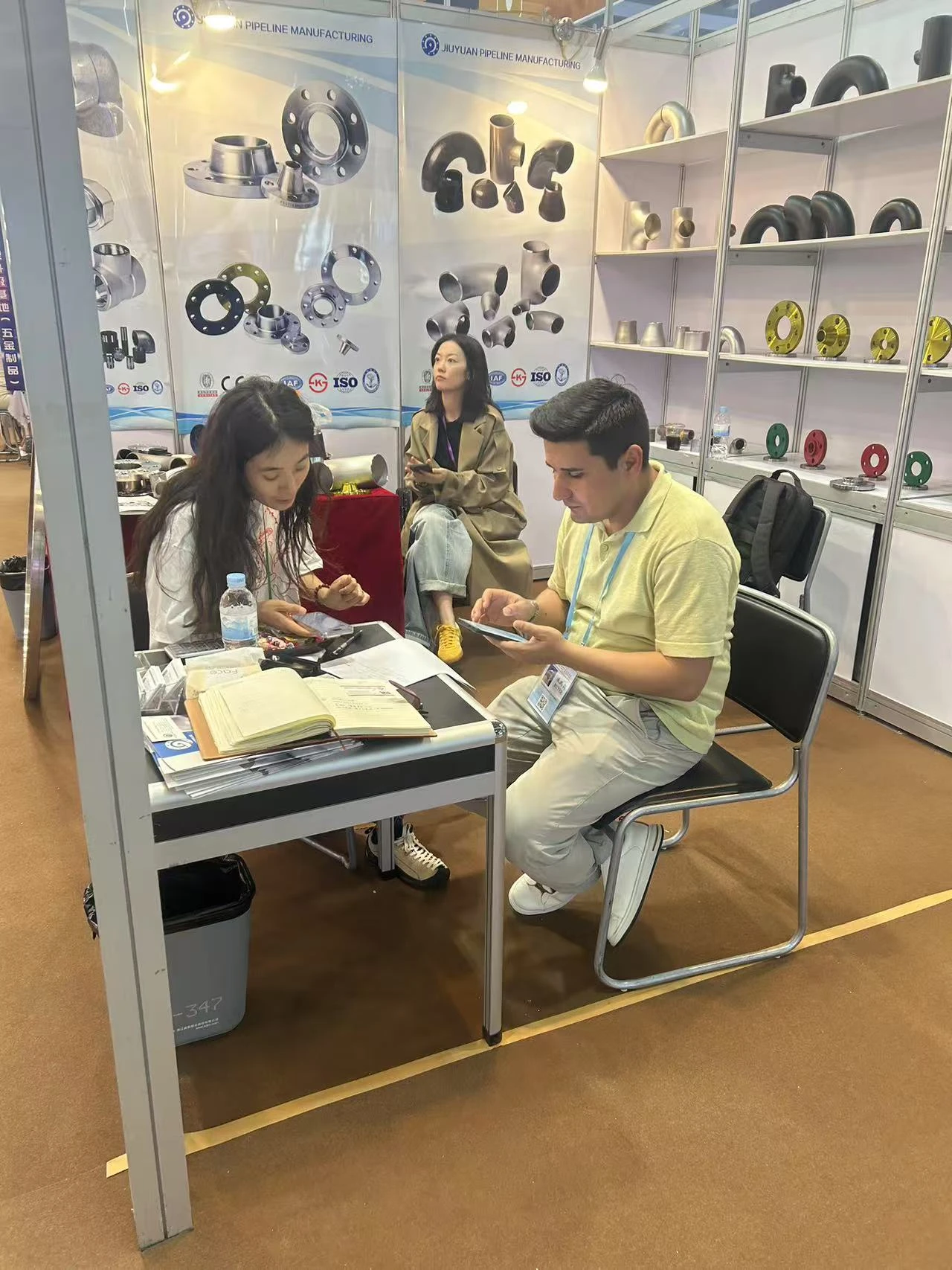 Apr. 28, 2025
Apr. 28, 2025From April 15 to April 19, 2025, our company proudly participated in the renowned Canton Fair held in Guangzhou, China.
If you are interested in our products, you can choose to leave your information here, and we will be in touch with you shortly.
